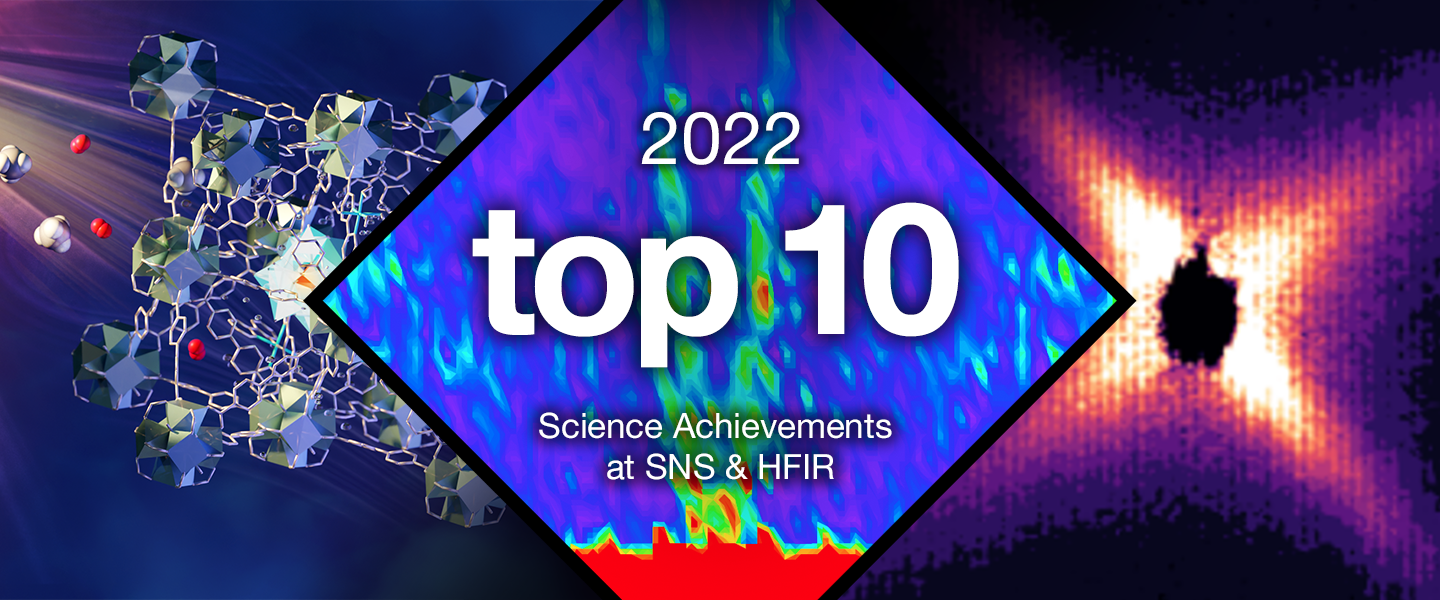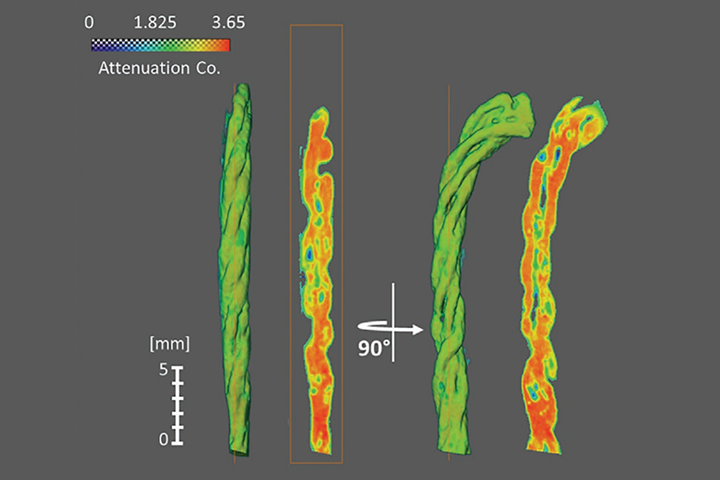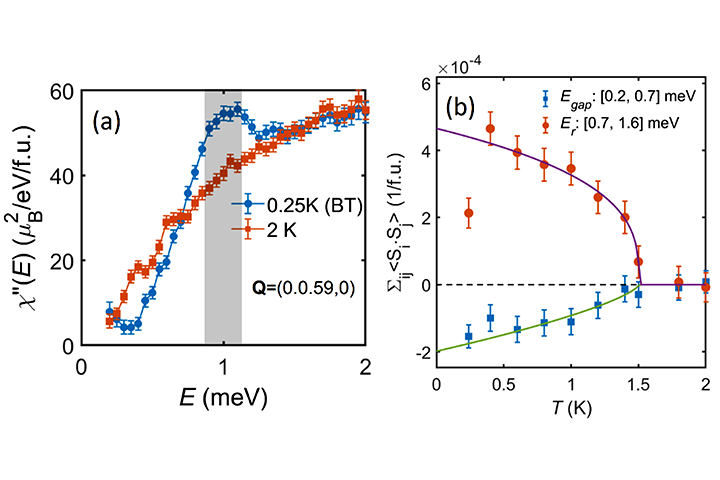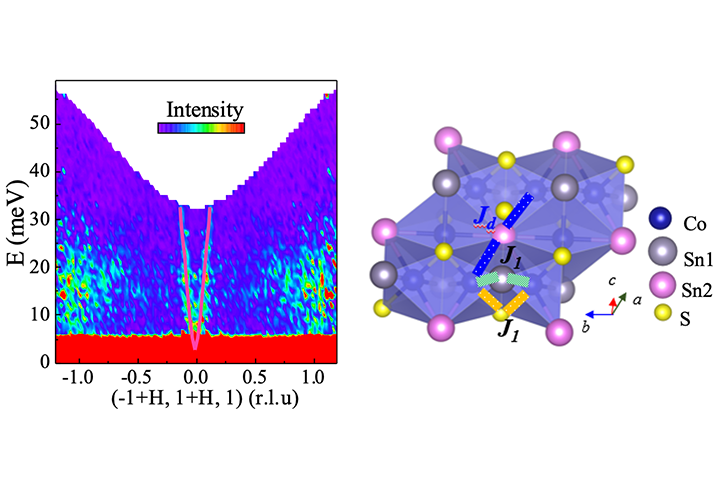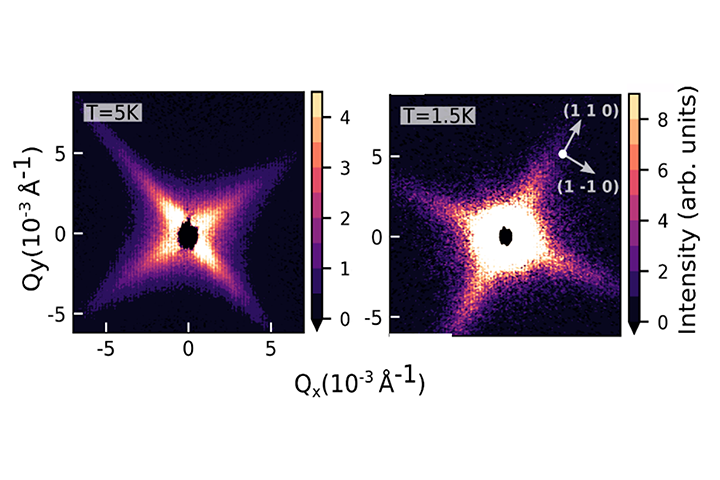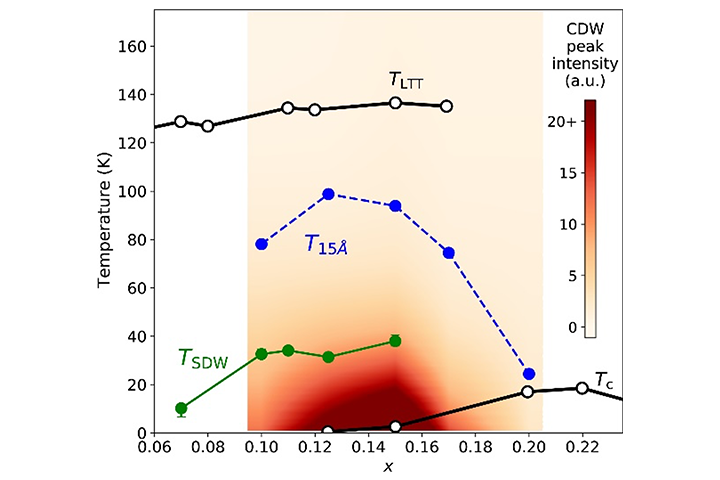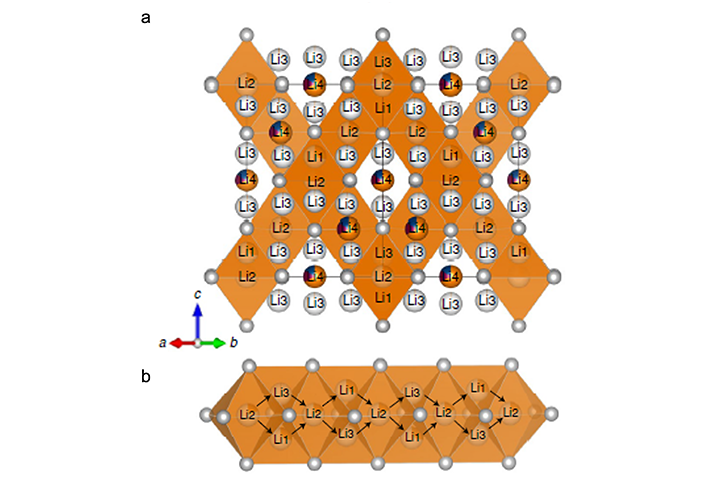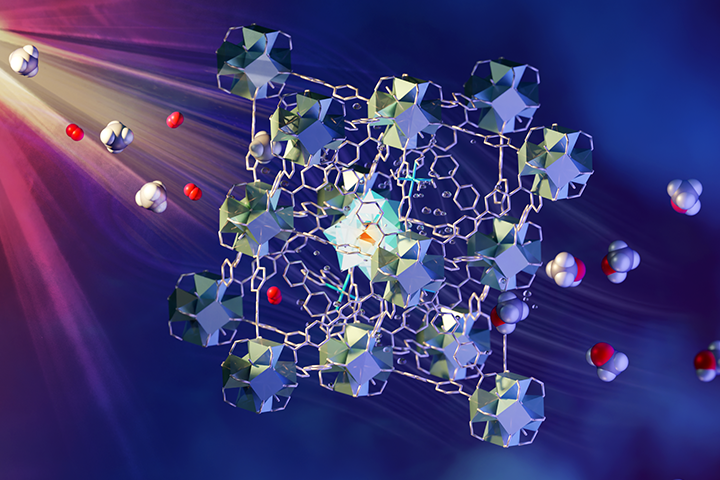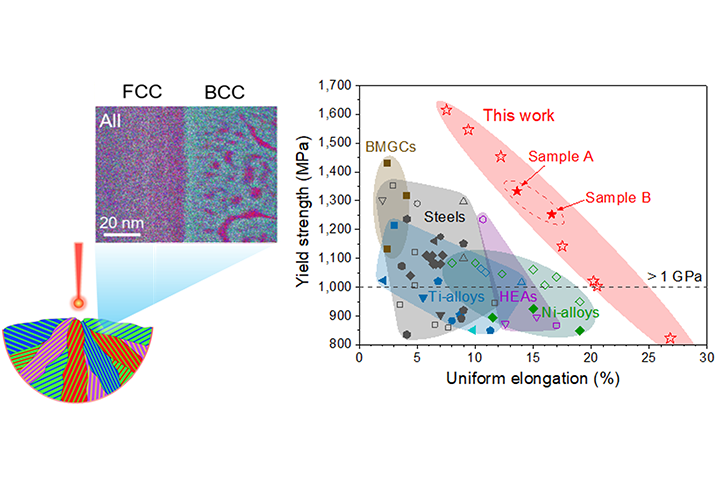ORNL’s 2022 Top 10 Science Achievements at SNS and HFIR
The Department of Energy’s (DOE’s) Oak Ridge National Laboratory (ORNL) operates two of the world’s most powerful sources of neutrons for research — the Spallation Neutron Source (SNS) and the High Flux Isotope Reactor (HFIR).
As the world began returning to a new normal after the COVID-19 pandemic, so too did SNS and HFIR return to full operations. Despite some lingering challenges, the Neutron Sciences Directorate (NScD) and its users experienced a productive year for scientific discoveries and achieving construction milestones on major projects.
Several new cryomodules from Jefferson Lab were received and installed as part of the Proton Power Upgrade project that will double the power of the SNS accelerator from 1.4 to 2.8 megawatts. Second Target Station (STS) project activity continued on schedule with the selection of the initial suite of instruments. The bulk of the concrete for the VENUS imaging beamline was poured and the instrument project is on track for completion in 2024.
The Top 10 scientific achievements for 2022 include projects that best show the impacts and scientific range of HFIR and SNS. The following ten examples were selected from work published in fiscal year 2022 (October 2021 through September 2022). Click on the name of the scientific journal for access to the peer-reviewed publication.
*477 instrument publications and 237 other scientific publications by ORNL’s neutron sciences staff.
Hidden wicking power in biocatalytic yarn
Advanced Materials Interface — Researchers from North Carolina State University used neutrons at HFIR to identify a special wicking mechanism in a type of cotton yarn that allows the fibers to control the flow of liquid across certain strands. The results of the study can help improve fabrics in small- and large-scale industrial applications, such as bleach clean-up in textile manufacturing, cold pasteurization in food processing and oxygen generation for aerobic bioremediation.
Work was performed using IMAGING, HFIR CG-1D.
Uncovering the secrets of superconductivity
Nature — Scientists discovered a promising but unusual magnetic behavior in a superconducting metal known as uranium ditelluride, or UTe2. The discovery of a sharp magnetic excitation, called resonance, suggests that antiferromagnetic fluctuations may drive superconductivity in this class of materials, which includes candidates for advanced technological applications.
Work was performed using the Cold Neutron Chopper Spectrometer, SNS BL-5.
Perfect imperfections in quantum materials
Nature Materials — Neutron research helped scientists show how plastic deformation can alter material behavior in unexpected ways. The findings of this study indicate that controlled structural imperfections in quantum materials could be used to engineer electronic properties for future quantum technologies.
Work was performed using CORELLI, SNS BL-9, and the Advanced Photon Source, beamline 6ID-D at Argonne National Laboratory.
Magnetic excitations in a Weyl semimetal attract new interest
Physical Review Letters — Neutron scattering helped researchers better understand magnetic interactions over larger distances in a Kagome lattice Weyl semimetal. This research helps advance our knowledge of how magnetism and band topology are interrelated.
Work was performed using POWGEN, SNS BL-11A, and SEQUOIA, SNS BL-17.
Physicists uncover a link between length scales in spin-lattice coupled materials
Advanced Science — Physicists used neutron scattering to reveal the nanostructure of materials where magnetism is strongly coupled to the crystal structure. Their results connect magnetic field induced changes in patterns of domain walls with unusual electrical properties. This research suggests a new way to strain-engineer magnetic behaviors in a broad family of materials.
Work was performed using WAND, HFIR HB-2C, GP-SANS, HFIR CG-2, and at the Center for Nanophase Materials Sciences.
Scientists create common ground for superconductors
Proceedings of the National Academy of Sciences — The essential physics of a cuprate, a specially layered superconductor, have been a central focus in condensed matter physics for more than three decades. This year, scientists used neutrons to study charge density waves in a lanthanide-europium-strontium-copper oxide and compared the findings with similar studies. As a result, the group discovered that seemingly different behaviors of charge density wave order in various cuprate families actually form through a common mechanism.
Work was performed using FIE-TAX, HFIR HB-1A, TAX, HFIR HB-3, and at the Stanford Synchrotron Radiation Lightsource, beamline 13-3.
Another arrow in the quiver for solid state batteries
Nature Energy — In early 2022, researchers from the University of Waterloo, Argonne National Laboratory, Justus Liebig University and ORNL published a study on a promising solid electrolyte for all solid-state lithium-ion batteries, or ASSBs. The electrolyte allows ASSBs to run longer at higher capacities. Results of the study provide a new approach for designing the solid electrolytes needed for tomorrow’s ASSBs used in electronic vehicles and other consumer applications.
Work was performed using POWGEN, SNS BL-11A.
The ‘holy grail of catalysis’
Additive Manufacturing — An international team of researchers, led by scientists at the University of Manchester, developed a fast and economical method of converting methane, or natural gas, into liquid methanol at ambient temperature and pressure. To help observe how the process works and how selective it is, the researchers used neutron scattering at the VISION instrument at SNS. +Read more
Work was performed using VISION, BL-16B and at the Advanced Photon Source, beamline 10-BM.
New 3-D printed alloys offer strength, greater resistance
Nature — Scientists used laser-based additive manufacturing to form new high-entropy alloys (HEAs) that are stronger and more ductile. These high-performance metal alloys could enable the production of safer and more fuel-efficient vehicles, stronger products and longer lasting machinery. Neutrons enabled the researchers to examine the interior mechanical load sharing of HEA samples while under strain to determine how mechanical forces affect the metal’s performance. The experimental insights will be used to optimize the alloy for industrial applications.
Work was performed at the VULCAN instrument, SNS BL-7, the Center for Nanophase Materials Sciences and the Advanced Photon Source.
Squeezing the skyrmion lattice in polar magnets
Quantum Materials — Scientists showed that spin-orbit coupling in a 4d polar magnet GaMo4S8 stabilizes highly compressed skyrmion lattices with short periodicities. This research indicates how using skyrmion lattices based on 4d rather than 3d magnetic atoms can help achieve the small periodicities needed for potential magnetic memory and spintronic applications.
Work was performed using GP-SANS, HFIR CG-2
HFIR and SNS are DOE Office of Science User Facilities. UT-Battelle LLC manages ORNL for the DOE Office of Science. The Office of Science is the single largest supporter of basic research in the physical sciences in the United States and is working to address some of the most pressing challenges of our time. For more information, please visit energy.gov/science.


